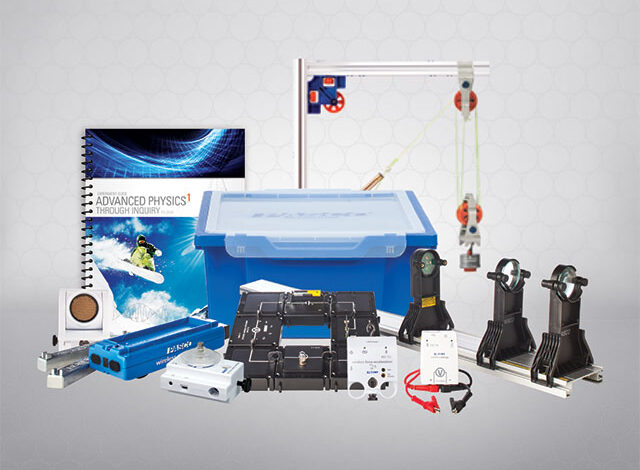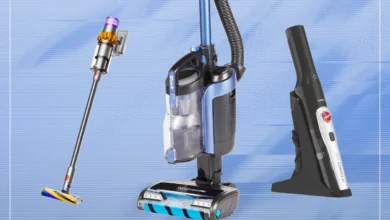Brewing Bliss: Your Guide to Beer-Making Equipment Kits

Ready to embark on a flavorful journey into the world of homebrewing? Look no further because we’re about to dive headfirst into the realm of beer making equipment kits. Whether you’re a budding brewmaster or a seasoned suds enthusiast, having the right tools at your disposal can make all the difference in crafting your perfect pint. In this blog, we’ll explore the ins and outs of beer-making equipment kits, why they’re a fantastic choice, and how to get started on your brewing adventure.
Why Choose a Beer-Making Equipment Kit?
Before we dive into the details, let’s address the big question: Why opt for a beer-making equipment kit in the first place? Well, there are several compelling reasons
1. Comprehensive Setup
These kits typically include all the essential equipment needed for homebrewing, making it incredibly convenient for beginners and seasoned brewers alike.
2. Quality Assurance
Reputable kits like the one from Clawhammer Supply ensure that you get high-quality, durable equipment that can stand up to multiple brew sessions.
3. Cost-Effective
Purchasing a kit often works out to be more cost-effective than buying individual pieces of equipment, especially if you’re just starting out.
4. Simplified Process
Beer-making equipment kits come with detailed instructions, simplifying the brewing process and helping you avoid common mistakes.
5. Variety
These kits are available in various configurations, catering to different brewing styles, from extract brewing to all-grain brewing.
6. Time-Saving
By investing in a kit, you save time on researching and sourcing individual pieces of equipment. Everything you need is in one place.
Essential Components of a Beer-Making Equipment Kit
Now, let’s break down the essential components you’ll typically find in a beer-making equipment kit
1. Fermentation Vessel
This is where the magic happens. It’s a container where your beer ferments and matures.
2. Airlock
An airlock is used to allow gases to escape during fermentation while preventing contaminants from entering.
3. Brewing Kettle
You’ll need a kettle to boil your wort (unfermented beer) and add hops and other ingredients.
4. Thermometer
A thermometer is essential for monitoring the temperature of your wort during the brewing process.
5. Hydrometer
This handy tool measures the specific gravity of your wort, helping you determine the alcohol content of your beer.
6. Auto-Siphon
An auto-siphon makes transferring your beer between vessels easy and sanitary.
7. Bottles and Caps
Most kits include bottles and caps for storing your finished beer.
8. Sanitizing Solution
Proper sanitation is crucial in brewing. Kits often come with a sanitizing solution to ensure everything is clean and ready to use.
Types of Beer-Making Equipment Kits
Now, let’s explore the different types of beer-making equipment kits available
1. Starter Kits
Perfect for beginners, these kits provide the essential equipment needed to get started on your brewing journey.
2. Advanced Kits
Designed for more experienced brewers, these kits often include additional equipment for a more in-depth brewing experience.
3. Extract Kits
These kits focus on extract brewing, which simplifies the process by providing pre-made malt extract.
4. All-Grain Kits
For those looking to dive deep into brewing, all-grain kits offer the chance to start from scratch with raw grains.
5. Ingredient Kits
Some kits come bundled with ingredients, including malt extract, hops, and yeast, allowing you to brew specific beer styles.
Steps to Brewing with a Beer-Making Equipment Kit
Now that you have a basic understanding of beer-making equipment kits let’s break down the brewing process into easy-to-follow steps
1. Sanitize
Ensure all your equipment is thoroughly cleaned and sanitized to prevent any unwanted contaminants.
2. Boil
Heat water and malt extract in your brewing kettle, adding hops at various times to achieve desired flavors.
3. Cool
After boiling, cool the mixture rapidly using a wort chiller or an ice bath.
4. Ferment
Transfer the cooled mixture to a fermentation vessel, add yeast, and seal it with an airlock. Let the yeast work its magic over several days.
5. Bottle
Once fermentation is complete, transfer the beer to bottles or kegs, adding priming sugar to carbonate the beer.
6. Enjoy
After allowing the beer to carbonate for a week or two, it’s ready to enjoy. Chill, pour, and savor the taste of your homemade brew.
Tips for a Successful Brewing Experience
To ensure your brewing adventure goes smoothly, here are some valuable tips
1. Follow Instructions
Stick to the instructions provided in your kit, especially if you’re a beginner. This ensures a successful brew.
2. Keep it Clean
Proper sanitation is key to brewing success. Cleanliness prevents contamination and off-flavors.
3. Experiment
Once you’re comfortable with the basics, don’t be afraid to experiment with different ingredients and techniques to create unique brews.
4. Be Patient
Brewing takes time, and rushing can lead to disappointment. Allow your beer to ferment and carbonate as recommended.
5. Enjoy the Process
Brewing beer is an enjoyable journey. Savor each step, from choosing your kit to tasting the final product.
In Conclusion
A beer making equipment kit opens up a world of possibilities for both new and experienced brewers. With its comprehensive setup, convenience, and the joy of crafting your beer, it’s an excellent choice for those looking to venture into the art of brewing. So, whether you’re looking to impress your friends with your homemade IPA or simply enjoy a unique, custom brew, a beer-making equipment kit is your ticket to brewing success. Grab your kit, get creative, and raise a toast to your brewing adventures!



